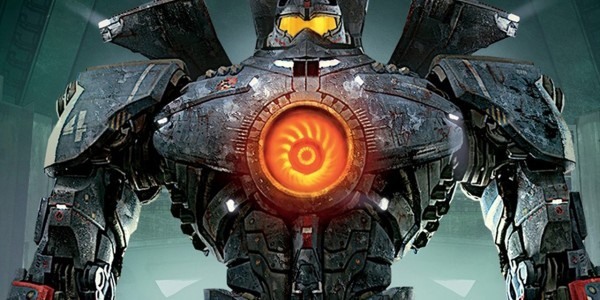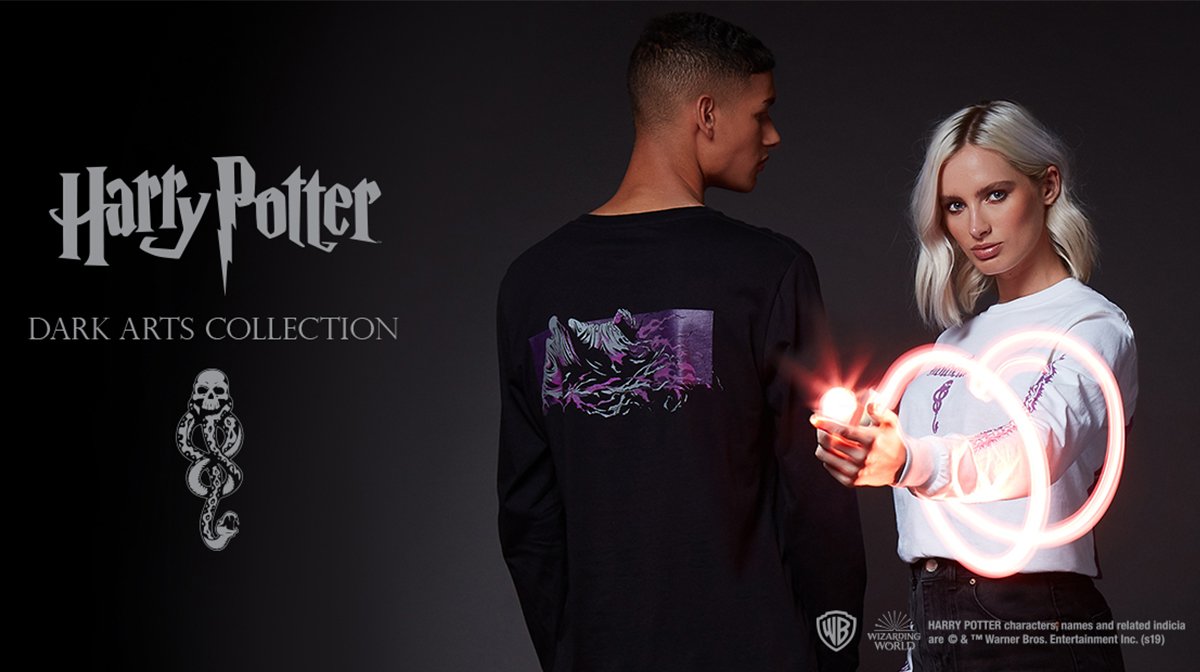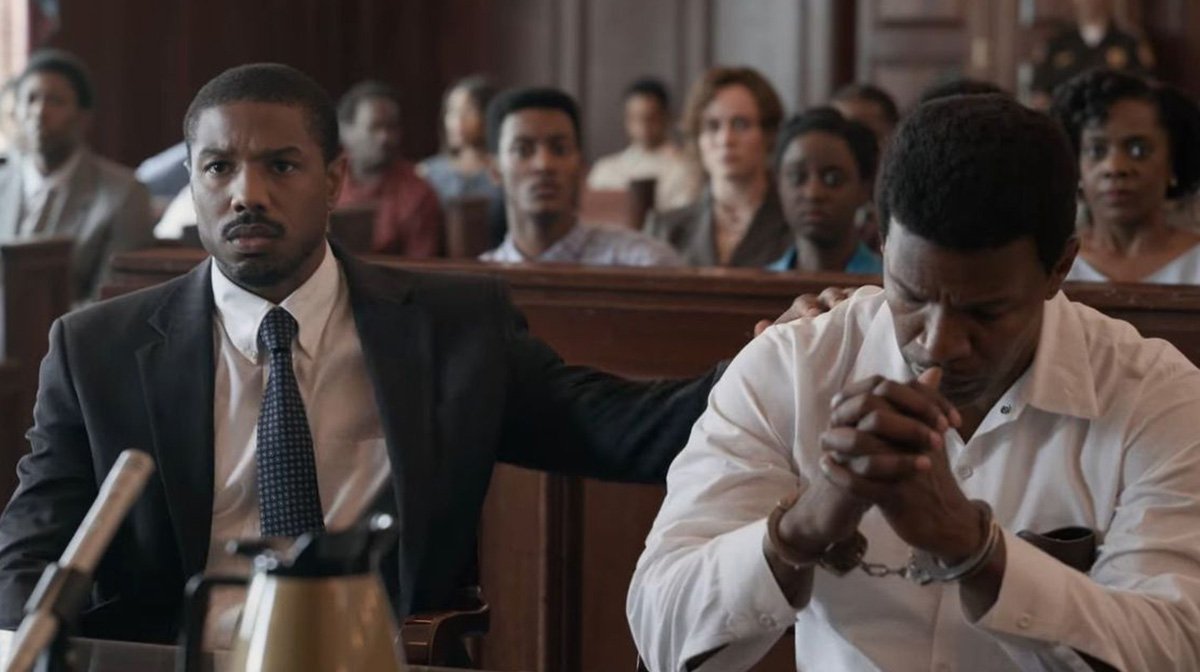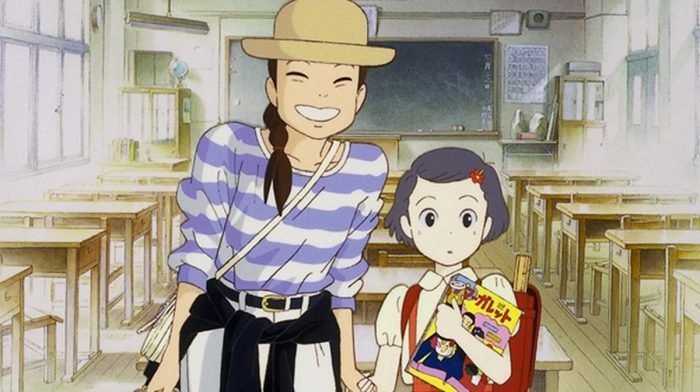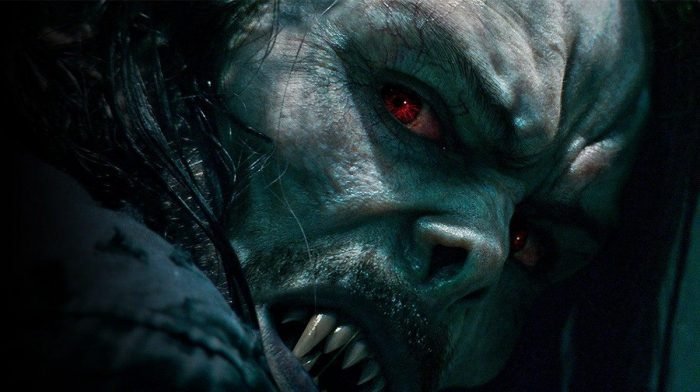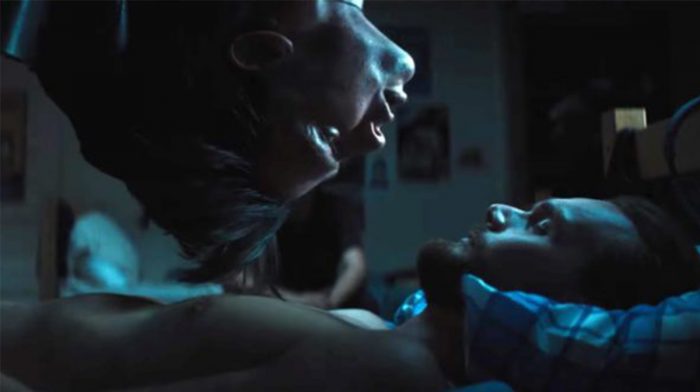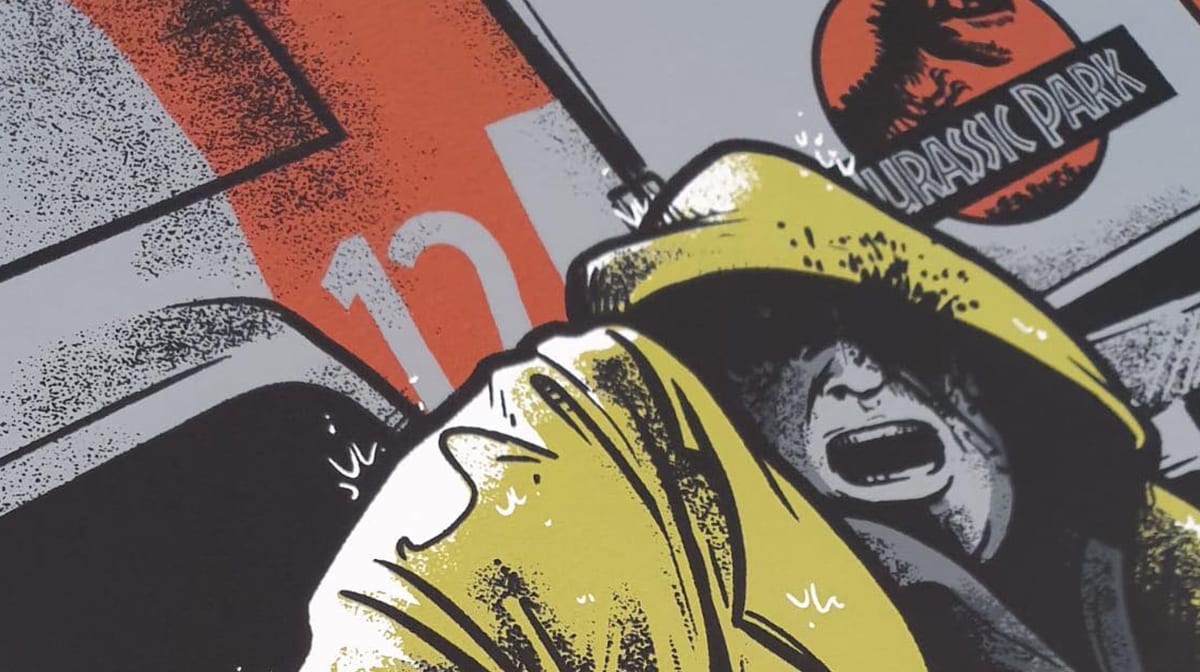Pan’s Labyrinth
Pan’s Labyrinth might just be Del Toro’s masterpiece. Intended to be watched as a Dark Fairytale, Pan’s Labyrinth follows Ofelia, a young girl embroiled in the middle of the Spanish Civil War in 1944, where she encounters a Faun, who forever changes her dark fate. With parabolic influences to Grimm’s fairy tales and more, Pan’s Labyrinth was made to ape a classic fairytale put to screen, through the lens of Del Toro’s artistic design, with washed out colour palettes and magical creatures looking less “magical” and more organic. Del Toro commented on the direction of Pan’s Labyrinth 10 years ago with this:
“I was trying to uncover a common thread between the “real world” and the “imaginary world” through one of the seminal concerns of fairy tales: choice. It’s something that has intrigued me since Cronos, through Hellboy and now to Pan’s Labyrinth: the way your choices define you.”
As the winner for best art-direction at the Academy Awards in 2006, Pan’s Labyrinth utilised a more washed out palette for a more gritty and realistic style, undermining the palettes of a lot more fantastical or fairy tale-baseD movies. Not only does this ground Pan’s Labyrinth, but the washed out hues and dark setting give it an oppressive atmosphere.
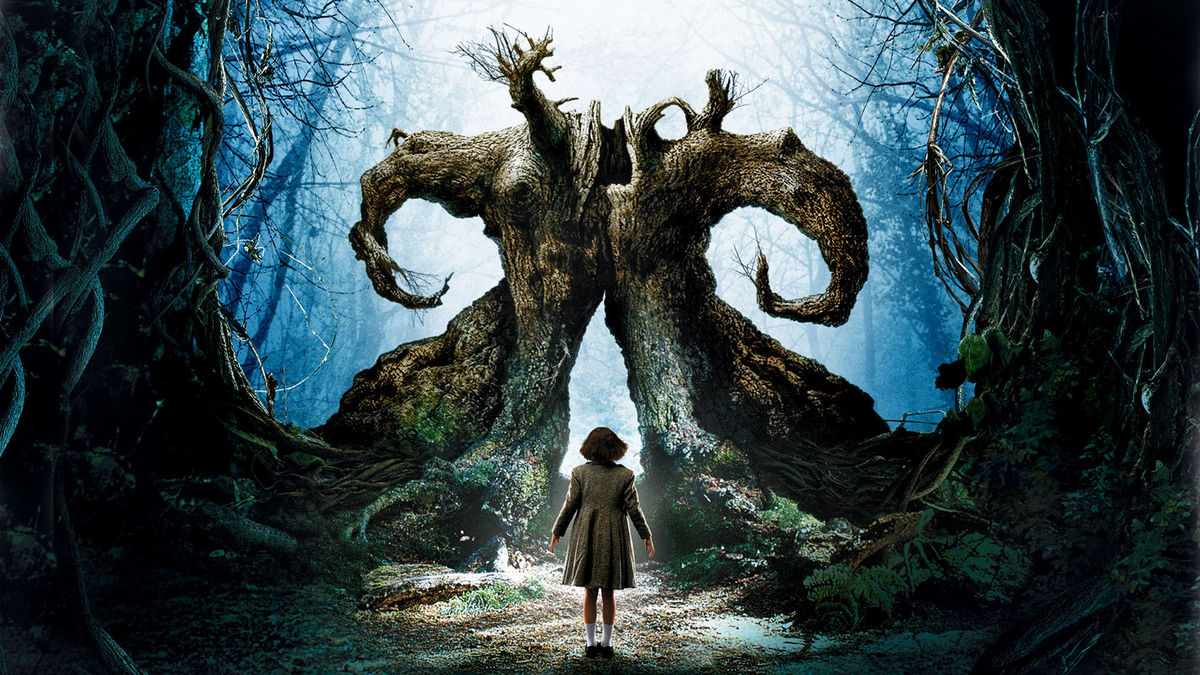
Image sourced via letterboxd.com

